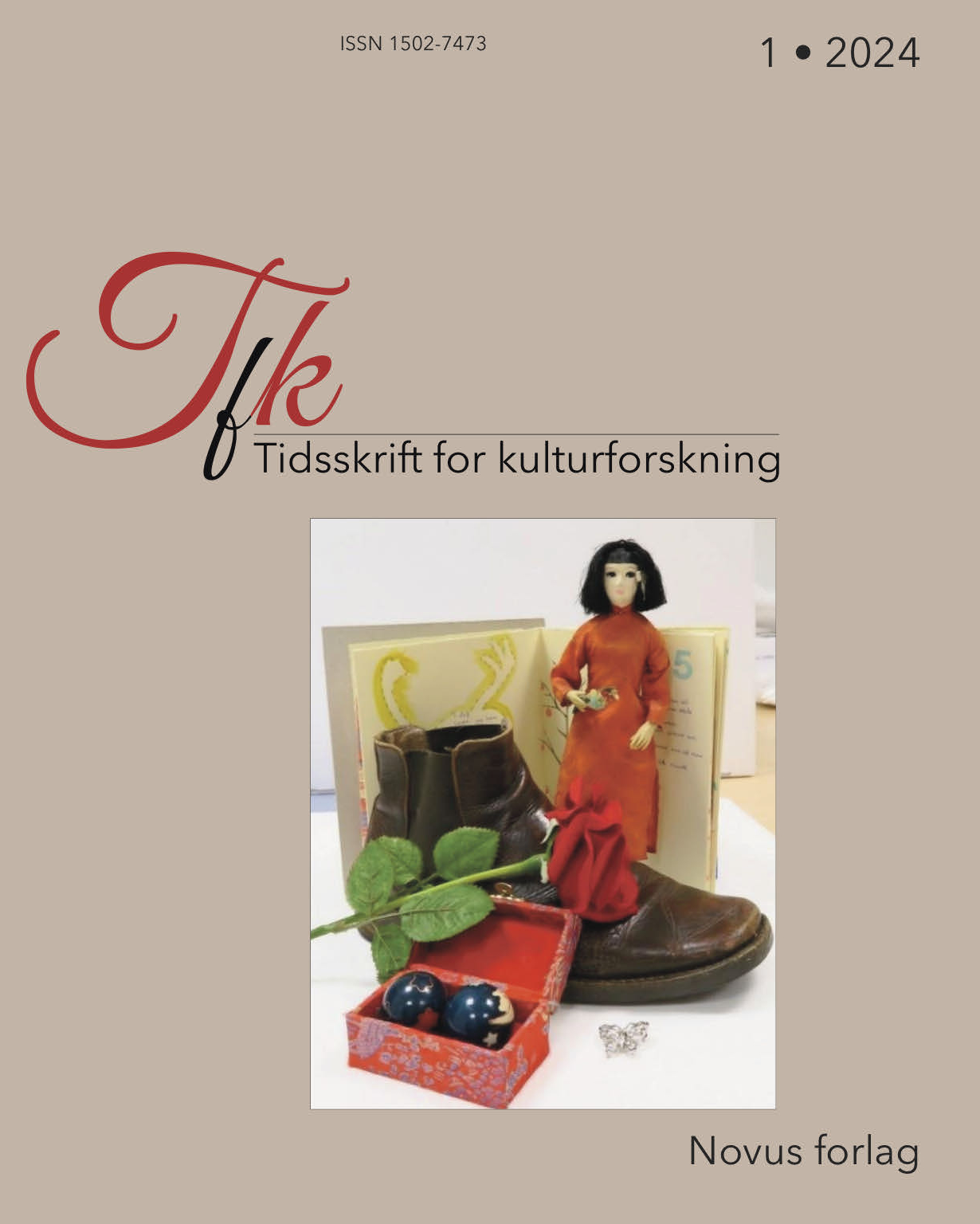Sammendrag
In 2009, Lukas Moodysson’s motion picture Mammoth had its opening. The movie is set in three different locations – New York, Thailand, and the Philippines – and follows several characters and their individual life stories. In Swedish and Anglo-Saxon news media the receptions varied to a great extent, but most of the critics described the movie in terms of globalization. Inspired by the ethnographic concept life-world, I discuss how it is possible to analyse life-worlds in a fictional film. Using the concept of bohemian bourgeois, I stress that the life-worlds of the privileged create spaces of opportunities most people do not have access to. In Mammoth, the characters living in New York experience a sense of loss and a lack of meaning. The beaches in Thailand and traditional religiosity create a contrast representing nascensy and continuity. The hierarchies and power relations that often are said to characterize a globalized world are analysed through the conceptual pair of centre and periphery. In the film, New York epitomises the centre and the Philippines with its poverty, mountains of waste and child sex labour depicts the utmost periphery. In analysing and understanding notions about contemporary processes of globalization, I argue that fictional film is a fruitful point of departure.
Dette verket er lisensiert under Creative Commons Attribution-ShareAlike 4.0 International License.
Opphavsrett 2024 Magnus Rodell

